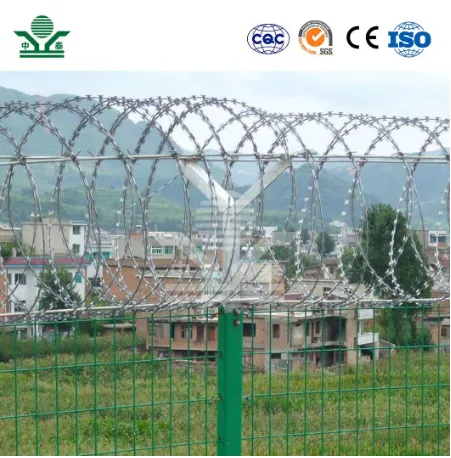Noise Barrier Solutions Reducing Urban Noise Pollution
In today's fast-paced world, urbanization continues to rise, resulting in an increased demand for transportation infrastructure. However, with this growth comes a significant challenge noise pollution. Roads, railways, and airports contribute to heightened noise levels that can adversely affect the health and well-being of urban residents. As cities strive for a more sustainable and livable environment, noise barrier solutions have emerged as a critical component in addressing this issue.
Noise barriers, also known as sound walls, are structures designed to obstruct the path of sound waves. They can be constructed from various materials such as concrete, wood, metal, and vegetation, depending on the specific needs of the area. The primary role of these barriers is to reduce noise levels in inhabited zones, particularly when they are located near busy highways or railways. The effectiveness of a noise barrier largely depends on its height, length, and distance from both the noise source and the receiver.
One of the most common types of noise barrier solutions is solid concrete walls. These barriers are not only durable but also effective in absorbing and deflecting sound. Their mass contributes to their ability to block noise, making them a suitable option in areas where sound levels are significantly high. However, concrete walls are often viewed as eyesores in urban landscapes. To counteract this perception, many municipalities are incorporating artistic elements or designs into these structures, transforming them into visually appealing parts of the urban scene.
Another innovative approach is the use of earth berms, which are mounds of soil that can effectively reduce noise levels. These natural barriers not only serve as noise mitigators but also enhance the surrounding environment by providing green spaces. Planting vegetation on top of an earth berm can further improve its efficacy, as leaves and branches can absorb sound. This dual-purpose solution aligns with sustainability goals by promoting biodiversity and improving air quality.
noise barrier solutions

Vegetative barriers, or living walls, are increasingly popular for sound mitigation. These barriers rely on a variety of plants, shrubs, or trees to absorb and deflect sound. Not only do these approaches contribute to noise reduction, but they also enhance aesthetics, improve air quality, and support local wildlife. A well-planned vegetative barrier can blend seamlessly into the landscape, providing both functional and ecological benefits.
While traditional barriers offer effective solutions for many urban settings, recent innovations in materials and design have led to the development of more sophisticated noise barrier technologies. For instance, transparent noise barriers, often made of specially engineered acrylic or polycarbonate materials, allow for visibility while still providing noise reduction. These barriers are ideal in locations where maintaining a scenic view is vital, such as near parks, lakes, or residential communities.
In addition to physical barriers, noise-reducing pavement is becoming a common solution on busy roadways. These specialized asphalt mixtures have been designed to absorb sound and minimize noise generated by vehicles. The implementation of quieter road surfaces is often seen as a complementary measure alongside traditional noise barriers, providing a multi-faceted approach to tackling urban noise pollution.
Collaboration between urban planners, engineers, and communities is essential for the successful implementation of noise barrier solutions. Community involvement ensures that the barriers meet the specific needs and preferences of local residents. Additionally, public education about the benefits of noise barriers can foster greater acceptance and support for these initiatives.
In conclusion, addressing noise pollution in urban environments is crucial for enhancing the quality of life of residents. Noise barrier solutions, whether through traditional concrete walls, natural earth berms, or innovative materials, play a fundamental role in mitigating the impact of sound. As cities continue to grow and evolve, the integration of effective noise mitigation strategies will be a key component in creating healthier, more livable spaces for all. With ongoing innovation and community engagement, noise barrier solutions can significantly reduce urban noise, ensuring that cities remain vibrant without compromising tranquility.
-
Why Galvanized Trench Cover Steel Grating Resists Corrosion
NewsJul.10,2025
-
The Versatility and Strength of Stainless Expanded Metal Mesh
NewsJul.10,2025
-
Load Calculations in Steel Grating Platforms
NewsJul.10,2025
-
Keeping Pets and Kids Safe with Chicken Wire Deck Railing
NewsJul.10,2025
-
Hole Diameter and Pitch for Round Perforated Metal Sheets
NewsJul.10,2025
-
Aluminium Diamond Mesh in Modern Architecture
NewsJul.10,2025
Subscribe now!
Stay up to date with the latest on Fry Steeland industry news.

